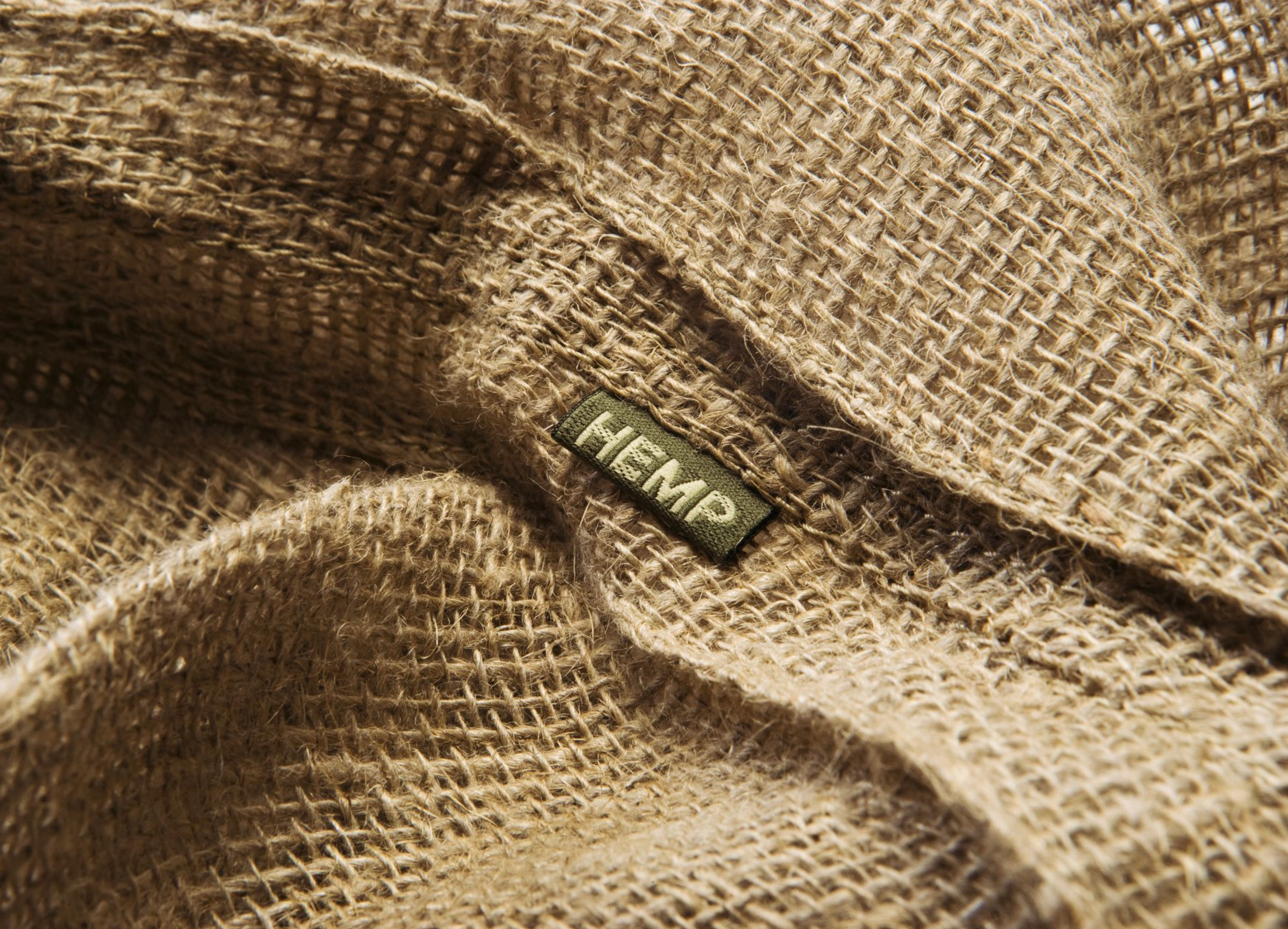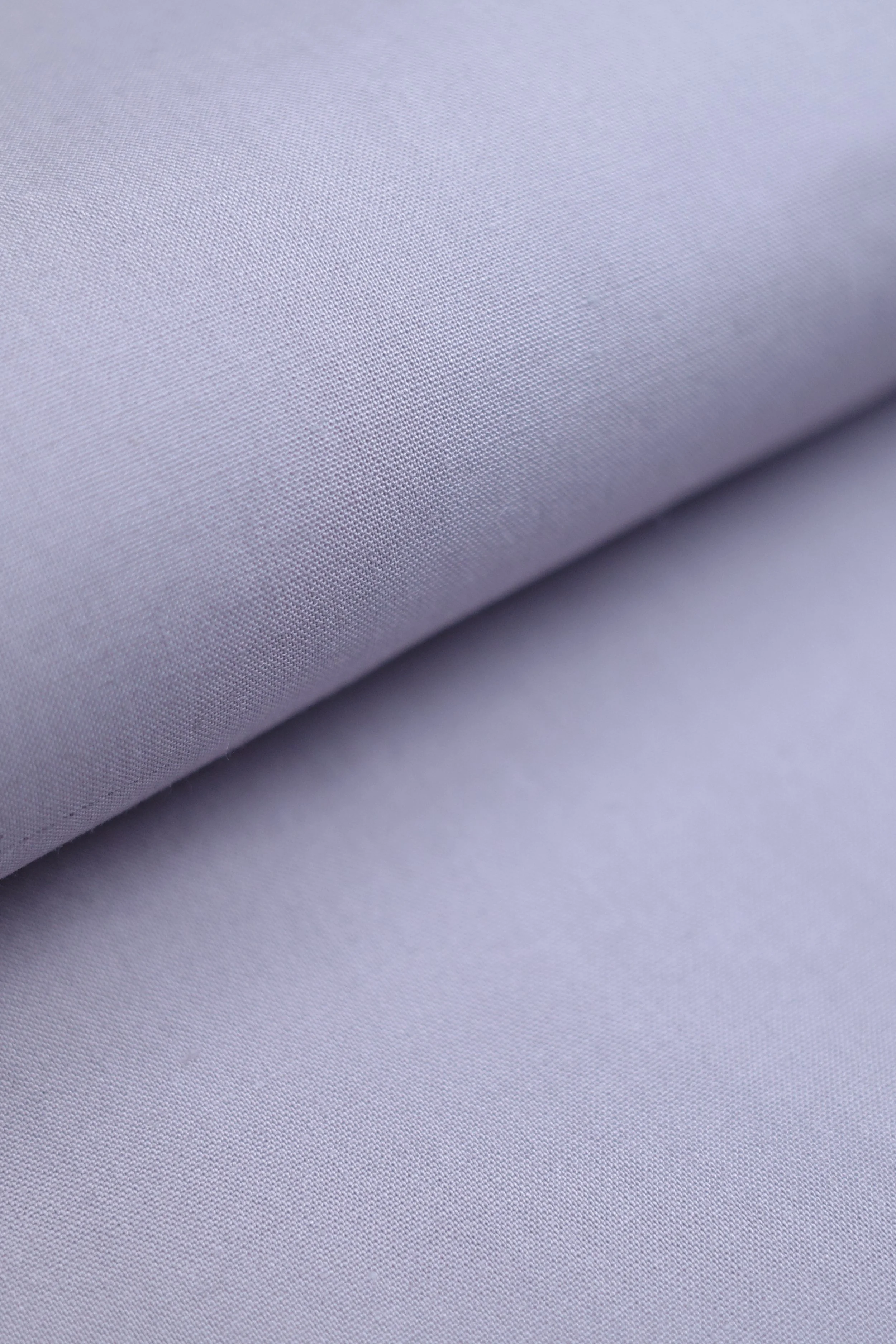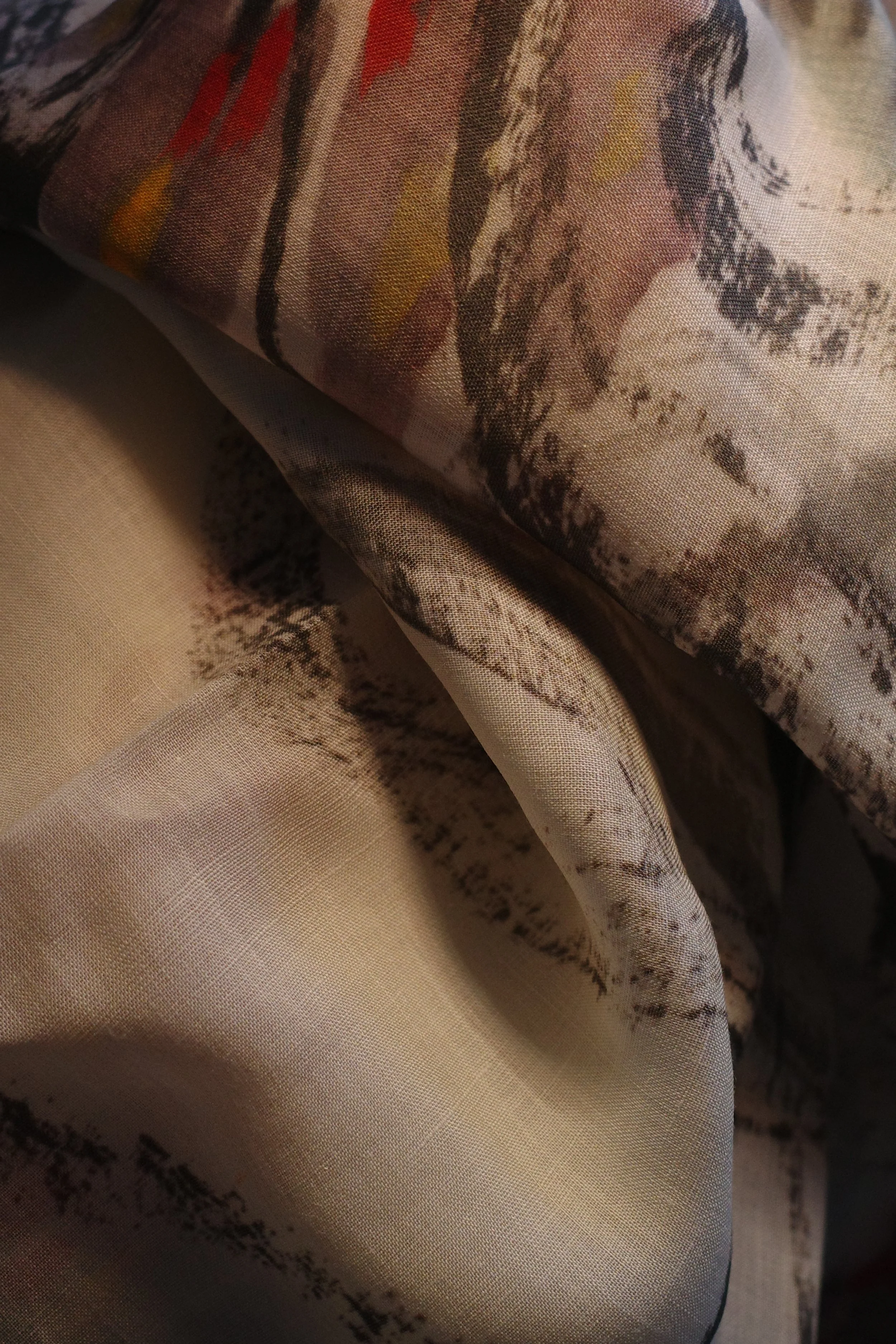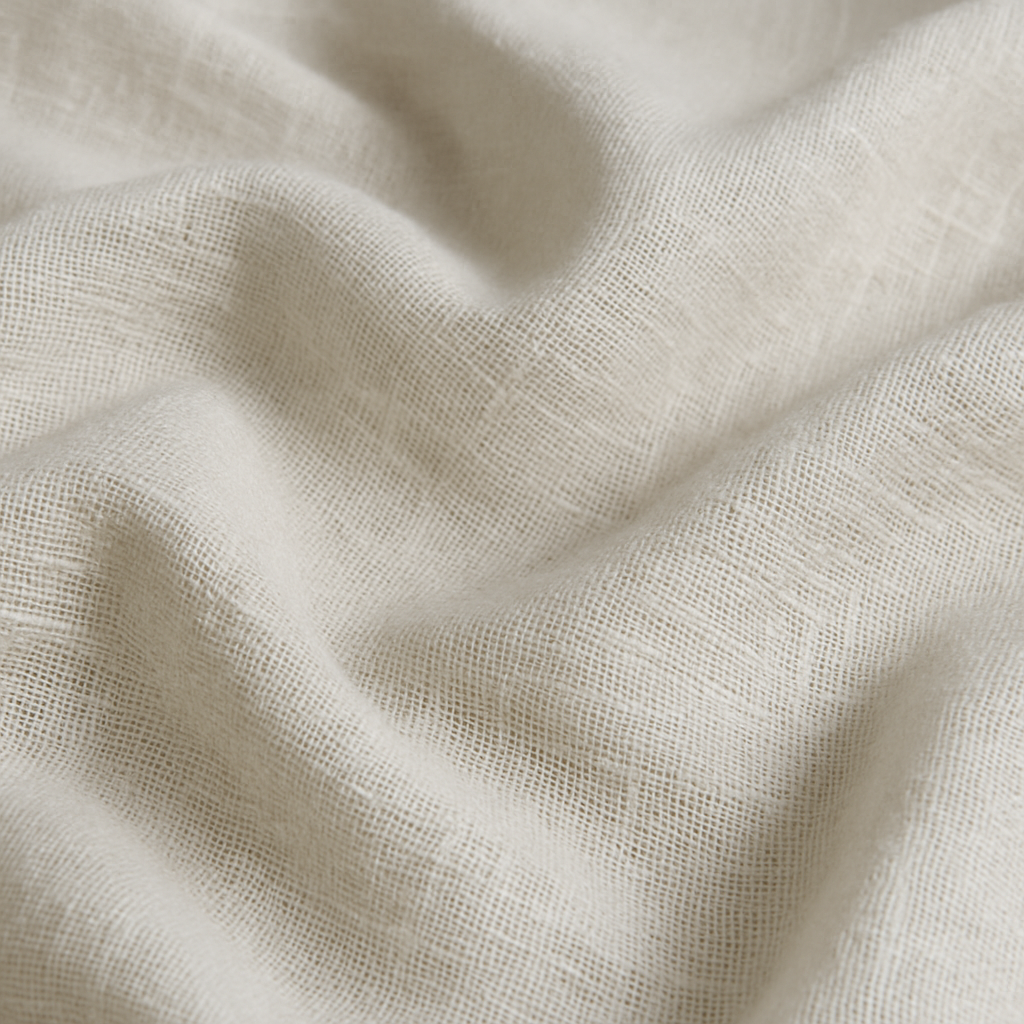Hemp Fabric
Overview
Source: Derived from the stalks of the Cannabis sativa plant.
Texture: Naturally coarse and strong, softens significantly with use and washing.
Durability: One of the strongest plant fibers, known for its longevity and resistance to wear.
Key Benefits
Highly Breathable: Hollow fiber structure promotes airflow, ideal for warm climates.
Antibacterial & Odor-Resistant: Naturally inhibits microbial growth.
UV Resistant: Provides effective protection from sunlight, perfect for outdoor wear.
Moisture-Wicking: Absorbs moisture while staying dry to the touch.
Thermal Regulation: Keeps cool in summer, insulates in cooler weather.
Sustainability
Minimal Water Use: Requires significantly less water than cotton.
No Pesticides Needed: Grows vigorously without chemicals.
Fast Growth: Can be harvested multiple times a year.
Full-Plant Utilization: Seeds, stalks, and leaves all have industrial uses.
Fully Biodegradable: Breaks down naturally, leaving minimal environmental impact.
Ramie Fabric
Overview
Source: Extracted from the stalks of the Boehmeria nivea plant, a nettle species.
Texture: Crisp and smooth with a slight natural sheen. Ideal for appeals and curtains for home
Durability: Extremely strong, especially when wet — stronger than cotton or flax.
Key Benefits
Lustrous Appearance: Has a silk-like natural shine, making it ideal for elegant fabrics.
Highly Absorbent: Wicks moisture effectively, keeping skin dry.
Mildew-Resistant: Does not easily rot or decay.
Blends Well: Often combined with cotton or linen to add strength and reduce wrinkling.
Holds Shape: Naturally resistant to shrinkage and retains structure well.
Sustainability
Low Chemical Use: Naturally pest-resistant, requires fewer pesticides than conventional crops.
Renewable & Biodegradable: As a bast fiber, it's compostable and eco-friendly.
Long Life Cycle: Extremely durable fabric means longer garment use.








